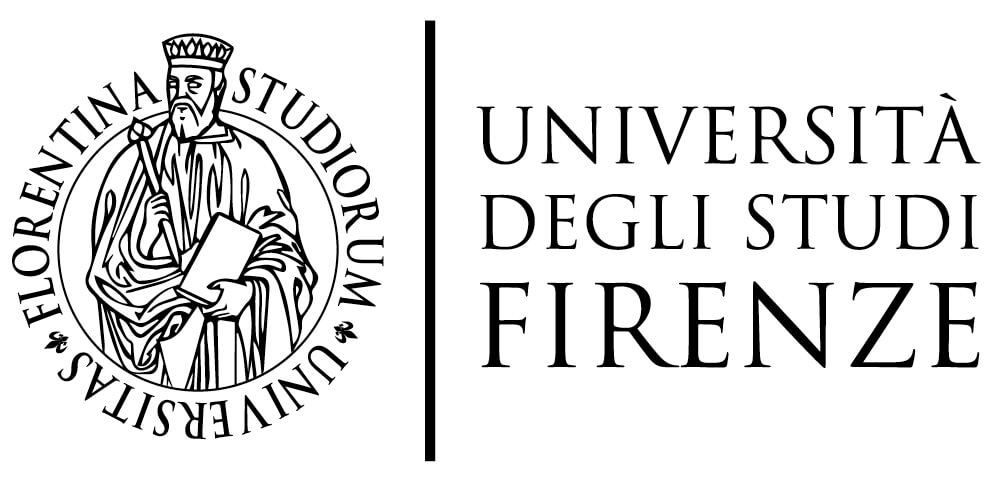Imperial
The royal connotation of the Caelian was manifest at least from the 1st century CE, with the construction of a temple dedicated to the divinized emperor Claudius and was also referred to in discussions about the legendary origins of the hill (Livy, 1.30). It is however only from the 2nd century CE that we can see an increasing imperial investment in the easternmost area of and a gradual transformation of the into a military and royal domain.
What happened to the region from the 1st century CE is nonetheless essential to understand the context in which this transformation took place and the project will assess if and how the development of imperial provisions such as water and military infrastructures affected the nature of property development in the district, gradually attracting families that had strong links to the imperial house.
The project will answer three sets of questions:
The nature of land occupation during the 1st and 2nd centuries CE, property development and imperial politics
To answer to this question, the project will look at the evidence provided by the aristocratic residences scattered in the area.
From the end of the Republic, following the gradual expansion of the city and reflecting its increasing wealth, elite properties interspersed with gardens occupied the peripheries of the city. The Eastern Caelian, that had been previously occupied by cemeteries, became one of the city’s most sought-after areas and elite residences occupied Area 1, Area 2 and Area 3: their remains are still visible today in the exposed historic excavations beneath the Lateran cathedral, the Ospedale di San Giovanni and in via dell’Amba Aradam. Another residence lies under the Pontificia Università Lateranense but has been backfilled. From the second half of the 2nd century rich residences were also built between the Aurelian Walls and the Basilica of Santa Croce.
The form and fate of the lavish properties were bound up with imperial politics. Amongst them were the Horti of Domitia Lucilla, mother of Marcus Aurelius and owner of several brickyards. The property has been identified thanks to water pipes found in the area that bore her name and incorporated a residential and a wine production and storage area. To the west of the property was the large property of the Quintilii, the brothers killed by Commodus in 182 CE who then confiscated their properties. It is likely that the property of Domitia Lucilla was also incorporated into the imperial patrimonium by the emperor.
How far imperial development of the area with civil and military infrastructure affected the gradual transformation of property ownership
The impact of imperial interventions on the eastern Caelian during C1-2 is reflected by the construction of civil and military infrastructures that initiate the shift of the quarter from private to imperial, a change that had deep consequences on later transformations.
During C1-2CE military camps were established in relatively sparsely settled areas at the edges of Rome and military presence was discretely introduced within the city. On the Caelian, Trajan established the equites singulares in the Castra Priora Equitum Singularium (the First Fort of the Imperial Horse guard: the title distinguishes it from the Castra Nova, a later addition which subsequently operated alongside it). Remains of the barracks have been identified near the modern via Tasso (between Areas 7 and Area 8) and numerous dedications of the soldiers found beyond the limits of the Castra (CIL, VI, 31138-87) might have belonged a sanctuary connected to the building.
Despite being frequently mentioned in the studies on Rome’s military camps, the physical and demographic impact of the Castra on an area that was relatively urbanized have never been fully assessed.
The provision of water
The provision of public water infrastructures was also an important aspect of imperial contribution to the area development. From the 1st century the Eastern Caelian was served by at least two aqueducts:
- one underground that provided the district with the necessary water to feed its numerous buildings (Area 4).
- one aerial, the Arcus Neroniani/Caelimontani (Area 8)
It is likely that the aqueducts provided water to the Castra Priora and to numerous residences, fountains, nymphaea and cisterns in the area by a network of underground channels and of water pipes How this system of water distribution was organised, when and how it was connected to and derived water from the aqueducts has ever been assessed, despite the body of evidence that is still visible today.








